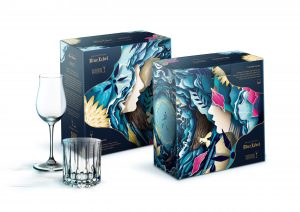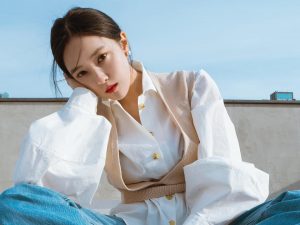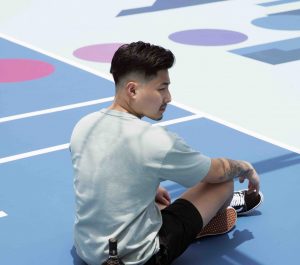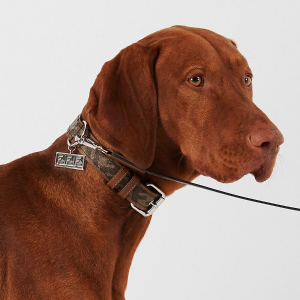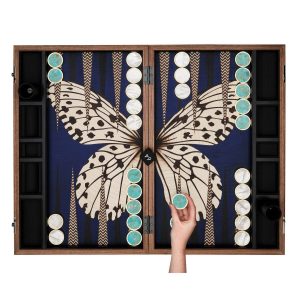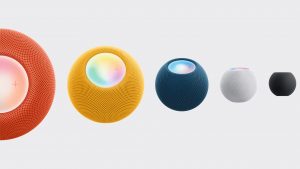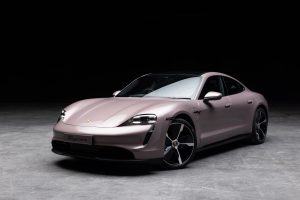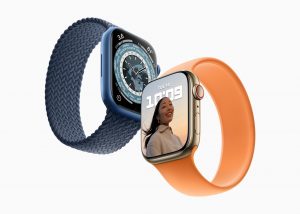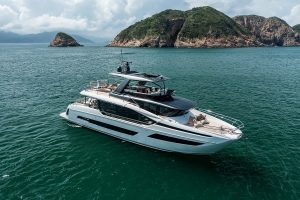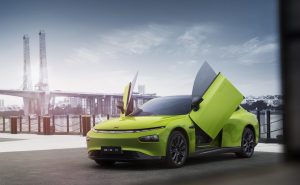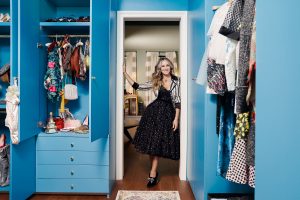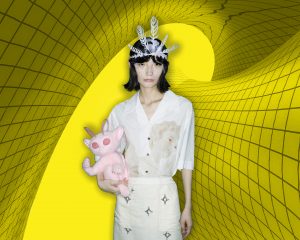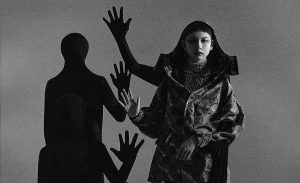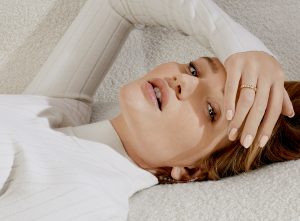#INSIDE / #PRINT
Pangaia’s cutting-edge materials reinvent apparel
BY Zaneta Cheng
February 25, 2022
Sweatpants lead the way to a better, more conscious future in fashion. Using peppermint, eucalyptus and seaweed, among other plants, materials science company Pangaia is inventing a better way to make clothes. Chief Impact Officer Maria Srivastava and the Pangaia Collective explain to Zaneta Cheng how it all works
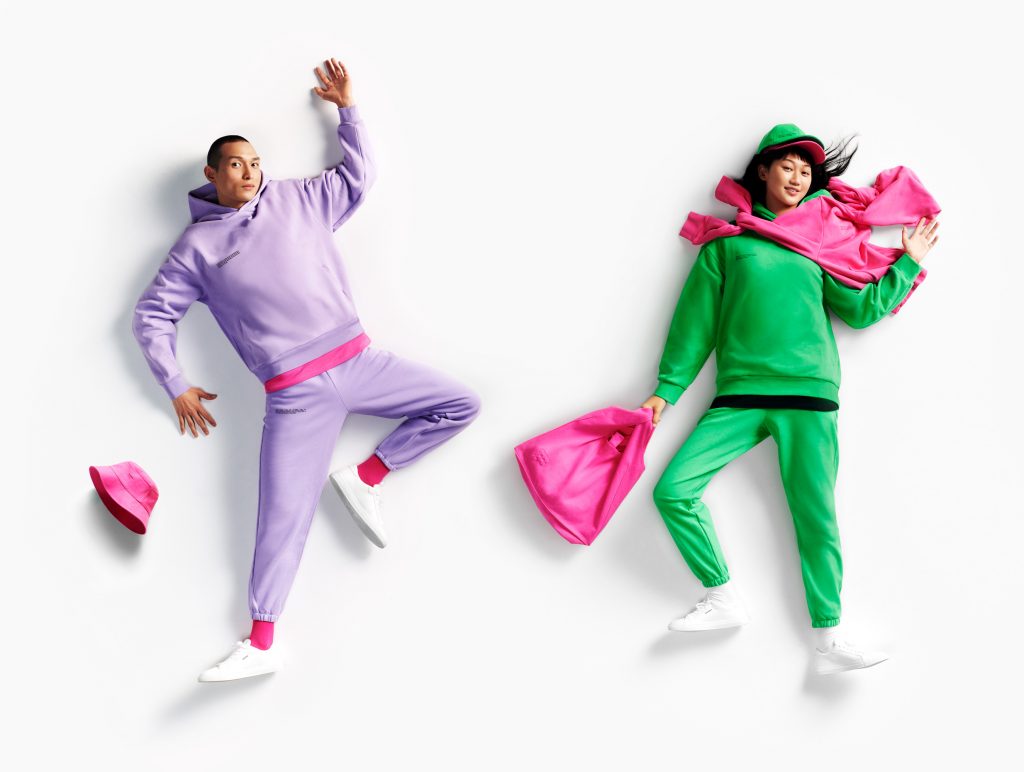
2020 was an unprecedented year during which almost everybody took their style cues from Princess Diana’s gym outfits. The world was in lockdown, and shoppers were swapping suits for sweats with a vengeance between Zoom meetings and loafing on either the couch or the bed.
When Pangaia launched at the end of 2018, with a mission to transform the way we consume and produce clothing, it couldn’t have predicted the upheaval that would hit the world a short while later. Talk of the “new normal” amidst a novel, albeit limited, way of life – coupled with modern society’s reckoning of ethics, equality and accountability for all colour and creed – created the perfect storm for a brand whose product is geared toward responsible creation and sustainable goals aiming to reshape the apparel industry across every vertical.
Chief Impact Officer Maria Srivastava says, “We always prioritise and invest in the highest quality and latest problem-solving innovations with every product we make. The balance lies in bringing our consumers’ cutting-edge materials science at a good price point, knowing that this will eventually build scale and drive down costs across the industry, making sustainable innovation the norm rather than the exception.”
Also see: How to dress stylishly for the races
By mid-2020, Pangaia’s colourful hoodies and crewnecks were on Instagram Explore feeds everywhere. Rather than a logo, each piece carries a signature phrase detailing the materials and technologies used during its manufacturing process, cementing transparency into the brand’s identity and its product.
“As a materials science brand, we are focused on developing and introducing breakthrough textile and materials innovations and patents into the world through everyday lifestyle products, and this doesn’t stop at apparel. We are also sharing our materials innovations and blueprints for impact with many industries to champion adoption of more responsible production and consumption on a global scale,” Srivastava says. “We aim to improve every day through innovations and set a new standard.”
In one such example, through a partnership with Air-Ink, Pangaia managed to capture and transform air pollution particles into water-based black ink, which was then used to print the brand’s logos and text blocks on a capsule collection.
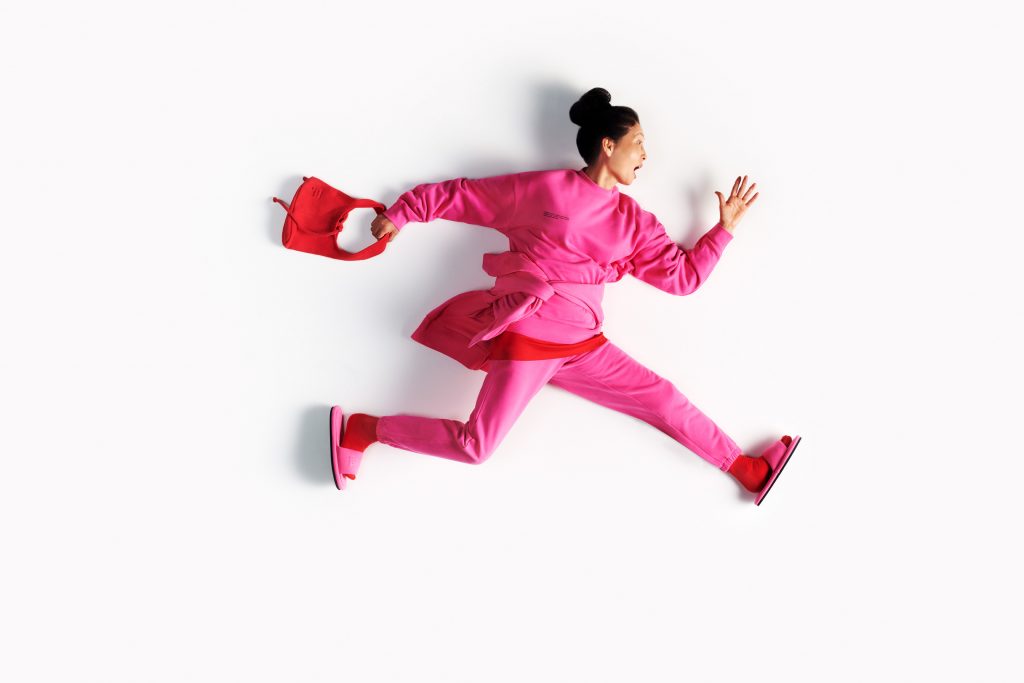
To wear a Pangaia hoodie is to represent a whole new world. Even the vibrant colours of each piece make a statement beyond simply being visually striking. Experimenting with food waste and natural resources like plants, fruits and vegetables, Srivastava claims that the dyeing process at the brand “uses less dyestuff to achieve a vibrant shade of colour, and reduce water and energy consumption as well as carbon dioxide emissions during the dyeing and washing process.”
It’s not just our five-a-day that’s being repurposed into clothing. Peppermint is being utilised beyond the teacup or the aromatherapy vessel. Pangaia’s research has transformed the leaf into a durable odour-control finisher and antimicrobial treatment that allows pieces to stay fresher for longer to diminish the need for washes.
There’s also the fabric made from eucalyptus pulp and seaweed powder that is the brand’s water-saving and 100% biodegradable alternative to regular cotton. Even when using organic cotton, the brand is at pains to ensure that 95% of the water used is rain-fed, protecting non-renewable groundwater and surface water resources.
Pangaia has recently introduced Pangaia Denim after having only produced loungewear since its founding in 2018. With Justin Bieber, Kourtney Kardashian, Bella Hadid and Jaden Smith as but a fraction of its fans, Pangaia has taken its time to ensure that each piece meets the brand’s innovation and technical standards has set for itself.
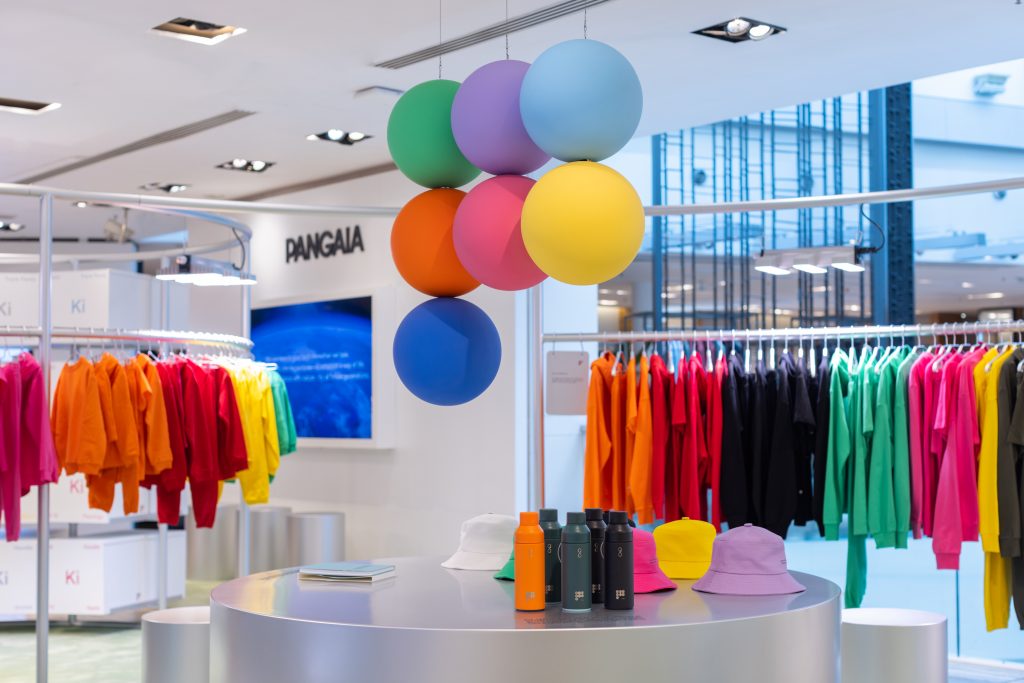
According to the Pangaia Collective, the group of investors, customers, collaborators and co-creators that are behind the brand, “The Pangaia wardrobe consists of elevated basics and closet essentials to carry you through year after year – we design for a reason, not a season. We believe that our problem-solving materials science innovations can have the most impact when incorporated into products that get frequent and long-lasting wear and can appeal to a large spectrum of different people across the planet.”
As is evident by the absence of a strong persona that generally serves as a spokesperson for brands with this much hype, Pangaia’s commitment to remodelling existing ways of working extends as far as the company is structured. While the brand counts fashion insider Miroslava Duma – founder of Future Tech Lab, an incubator specialising in responsible technological innovations – and Pharrell Williams as part of the Collective, active effort has been made to avoid a figurehead.
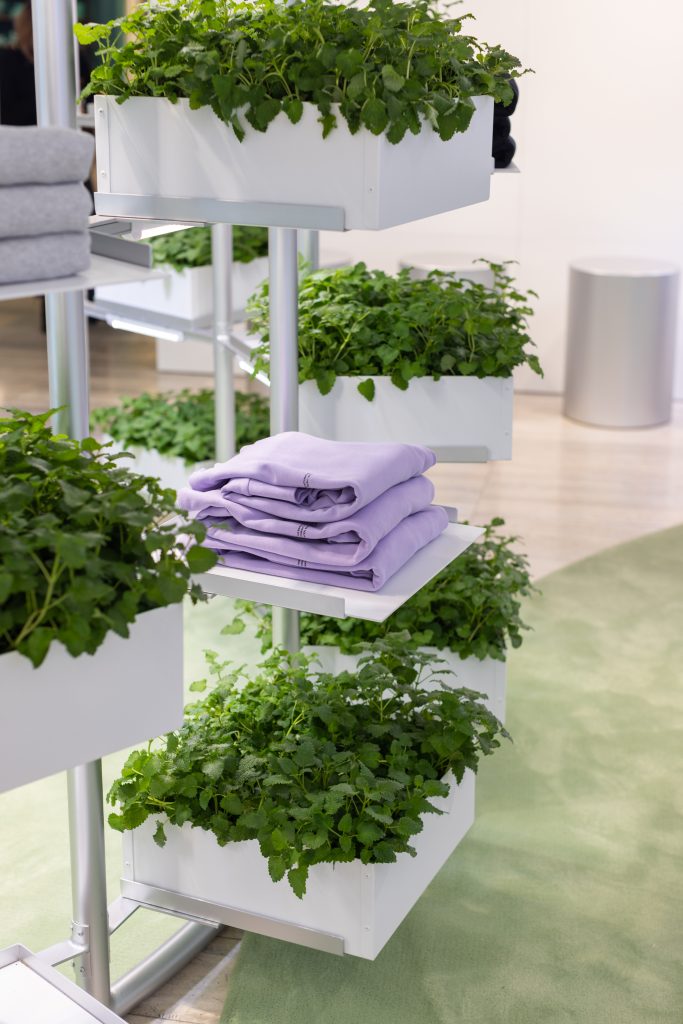
“We hope to build a new model of leadership which champions the team, as opposed to the individual,” Srivastava explains. “We believe that the power of the Collective is more effective than individuals working alone to make the change.”
Adhering to its three key pillars – carbon neutrality, circularity and purpose – even as the brand began expanding into offline spaces such as Lane Crawford in Hong Kong, ever y consideration from employee commutes, materials use, transport, site electricity and heating is taken into account to create spaces that are climate positive.
“There’s a lot that needs to be done to make the fashion industry more responsible, both from an ethical and environmental standpoint – ranging from improving working conditions to moving away from materials harmful to the environment towards more responsible ones,” says the Collective. “At Pangaia, we choose to work holistically towards designing a better future – while we are far from being perfect, we aim to improve on all of these aspects simultaneously.”
Also see: Spruce up your winter wardrobe with Burberry, Celine and more

